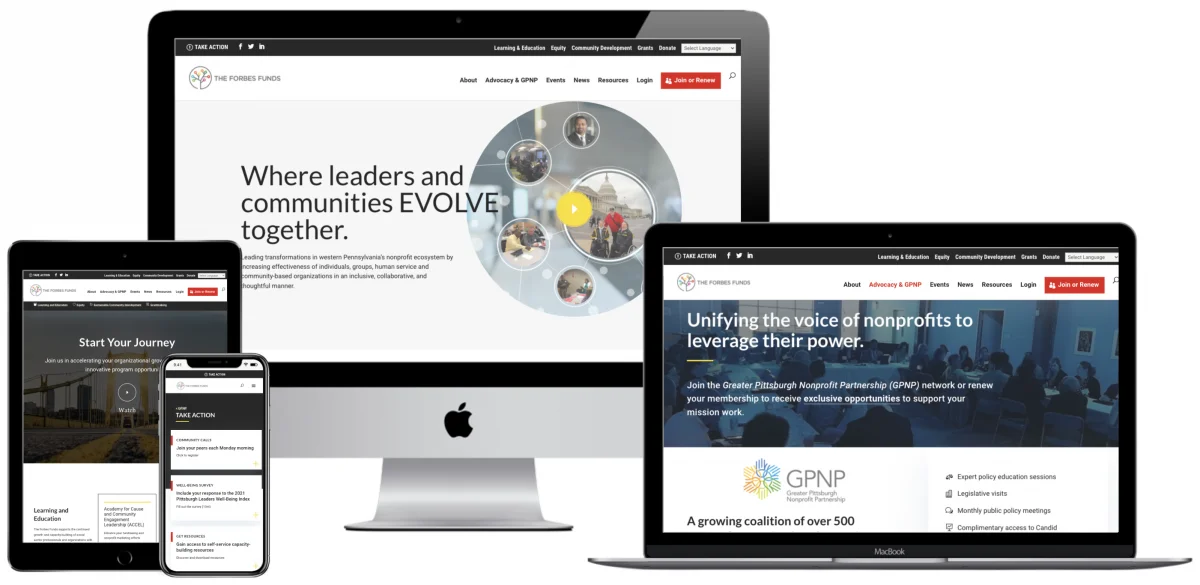Is your social media presence driving traffic to your website? Do subscribers respond to your emails in actionable ways? Is the money you spend on ads really making a difference?
The answers to all of these important questions are hidden in your website’s data. The process of gathering, analyzing and using this data to make measurable improvements to your website and marketing strategies is called website analytics. Website analytics measures key performance indicators (KPIs), helping you set goals for improvement. But how do you gather this data and what do you do with it once you have it? What do you need to know to get started with website analytics tools?
The Benefits of Holistic Analytics Tools
Holistic analytics is exactly what it sounds like: analyzing all of your website data together. The advantage to viewing data in this way is it allows you to see patterns and make connections you otherwise might miss. For instance, does your website traffic increase more if you publish blogs at a certain time of the day? Are users more likely to engage with your social media posts if you include pictures? This data may seem arbitrary if you view it by itself, but experienced marketers know that data viewed in isolation doesn’t tell the same story as data viewed as a whole.
Another advantage of holistic analytics tools is that they allow you to view data from different sources all in one place. Many businesses use multiple marketing channels, each of which has its own metrics to measure. You might think this means visiting different websites to gather data for each of these channels, which would be inefficient since often much of this data provides very similar information with small variations. Thankfully, that is not necessary. Holistic tools enable users to import information from these different marketing channels into one web-based software program so they can quickly find all of their data in one place. With the right tools, you can even integrate non-marketing data that is relevant to your business.
Setting Up Analytics Tools for Your Website
Setting up analytics tools may seem intimidating, but the payoff is more than worth the hassle. There are just a few things to keep in mind if you want to make the most of your effort.
- Establish clear goals to work on. Is the goal of your website to generate better leads? to improve lead conversion rate? to increase awareness of your products or services? Once you know the areas of your website you want to improve, you can select KPIs that will provide relevant data you can use to measure your progress.
- Determine the metrics you want to measure. There are lots of website performance metrics you can measure, but some will be more relevant to your goals than others. A few of the more common KPIs for websites include:
- Unique Visitors: The number of different people who visit your website. This is different from the number of views because one visitor may visit your site multiple times. Each visit will count as a view, but as only one unique visitor since it is the same person visiting each time.
- Referrals: The location where your visitors are coming from (such as social media, banner ads, or links posted on other websites).
- Keywords: The words and phrases people search for that lead them to your website.
- Conversion Rate: The percentage of people who respond to your call-to-action, whether that is purchasing a product or service, requesting more information, or joining a contact list.
- Top Pages: The pages where your visitors spend the most time. This is the information your visitors are responding to and gives you a sense of what is working on your website. Similarly, pages visitors spend little time on may need tweaking to be more effective.
- Start with Google Tag Manager. A tag is a small bit of code on a web page that enables Google to know a user is on that page. Google Tag Manager allows you to create rules for how these tags operate, as well as test these tags to make sure they operate the way you intend for them too. Setting this up first will make setting up your analytics tools easier later, and will ensure you are measuring the metrics that are important to you.
Dashboards: Your Analytics Data at a Glance
You may be wondering how you will keep track of all the numbers from various sources that make up your analytics data. The answer is simple—an analytics dashboard. There’s a reason analytics dashboards are one of the top trends in marking for 2019; a dashboard provides a visual overview of specific KPIs you want to measure. For example, you might have a dashboard tracking website traffic, including keywords and referrals that bring visitors to your site, or your dashboard might track conversion rate or ecommerce. The advantage of a dashboard is it presents all of this information in one place through graphs and charts, quickly making sense of large quantities of data for you.
The current gold standard for dashboards is Google Data Studio. This powerful dashboard allows more widgets per dashboard than most of its competitors, and unlike other dashboards that periodically update data, Google Data Studio provides real-time updates on your analytics. Dynamic controls in its reports enable you to interact with your data, sifting through metrics with ease and filtering for the information you most need.
Let’s talk about what Google Data Studio can do for you.
The data experts here at Key Medium are masters of creating tailored and unified Google Data Studio dashboards, having developed them for over a dozen satisfied clients. Remove the guesswork from analytics by speaking with our experienced team members. We’ll help you determine your website needs and set you up with a web analytics system that helps you reach your digital marking goals. We pride ourselves on data-driven marketing with proven results. Isn’t that what your business deserves? Call or email us today to set up a consultation and see what Key Medium’s expertise can do for you.

Brittany Howard hails from Columbus, Georgia, where she lives with her three cats and teaches college English. She holds an M.A in English from Valdosta State University.

